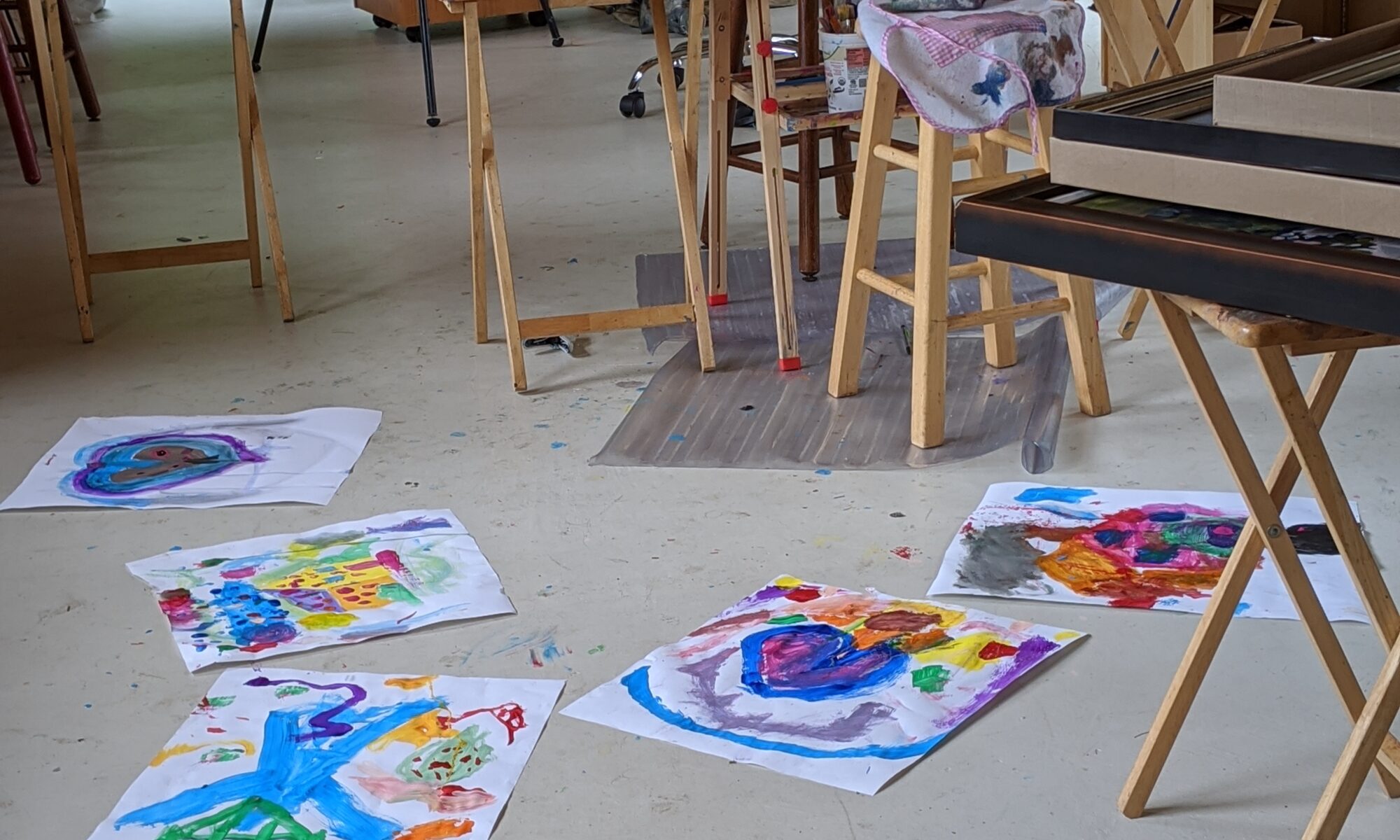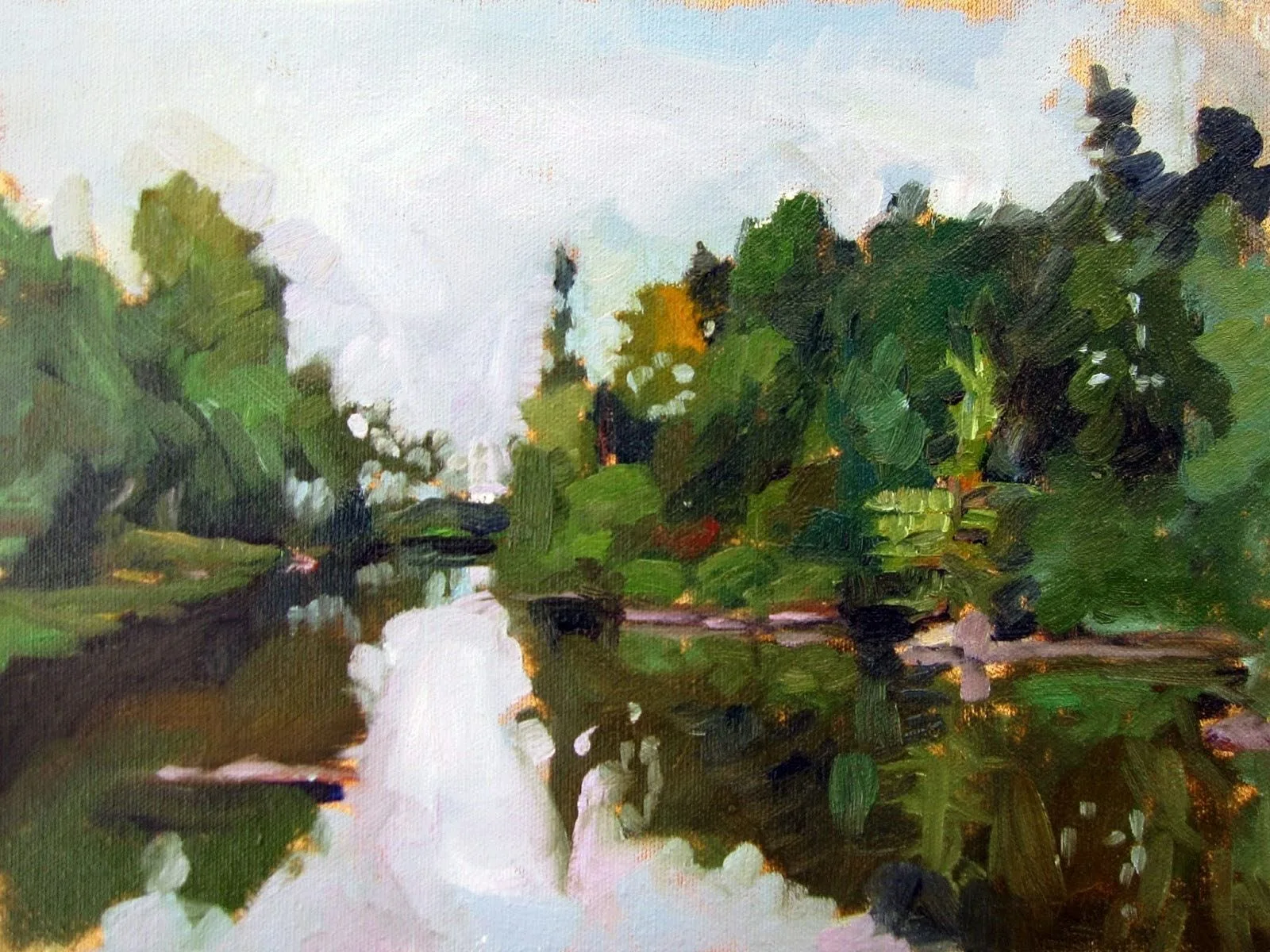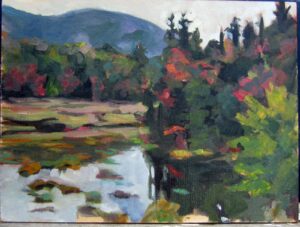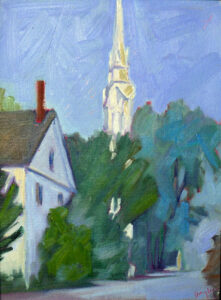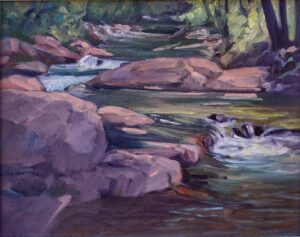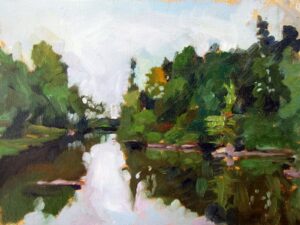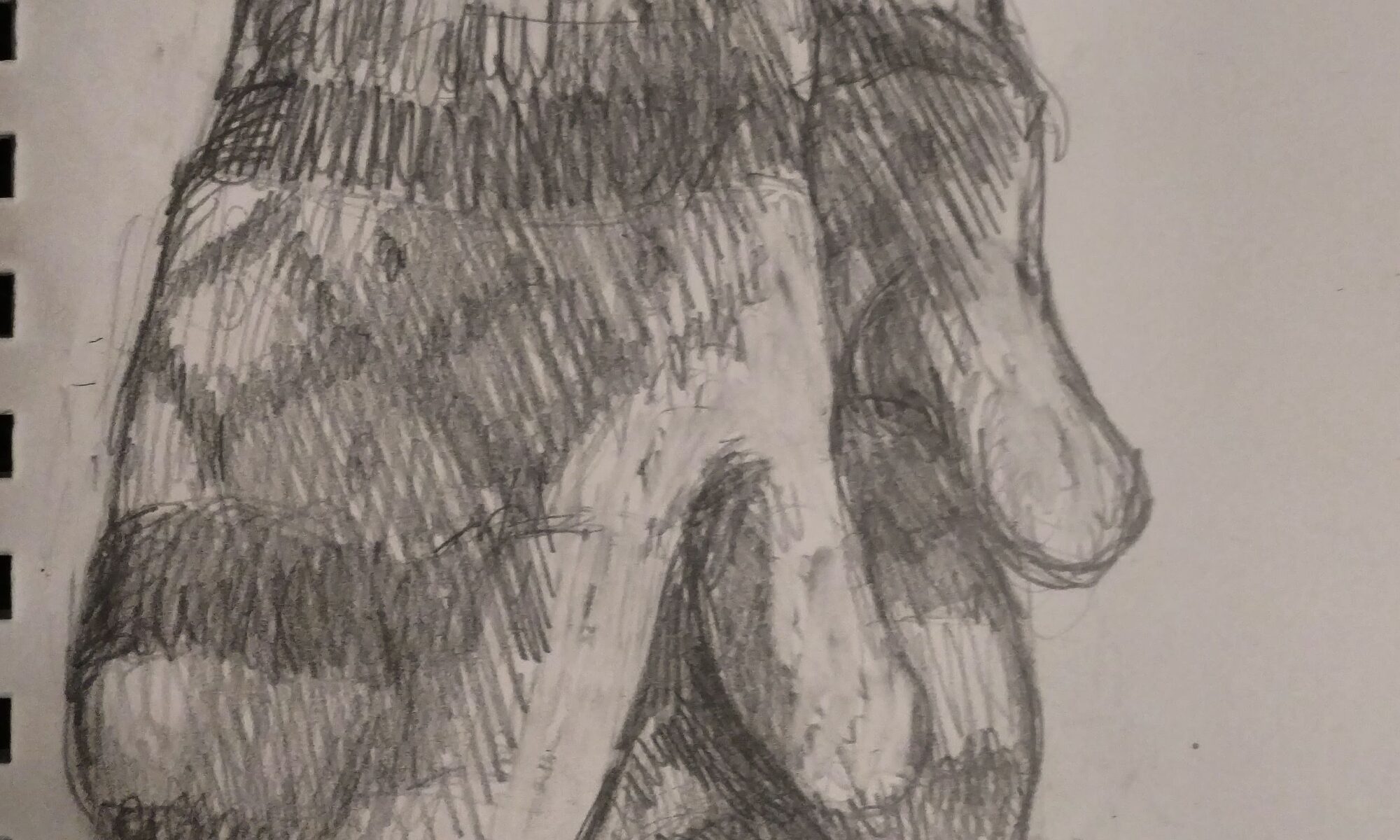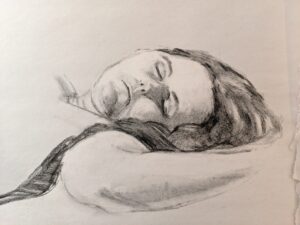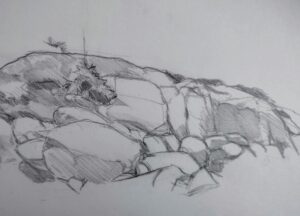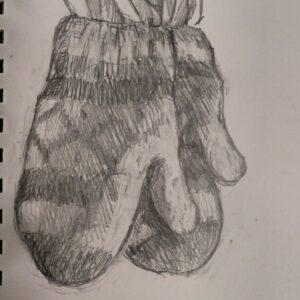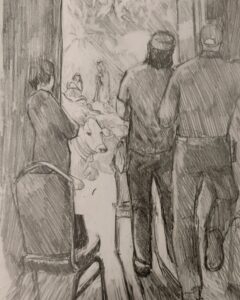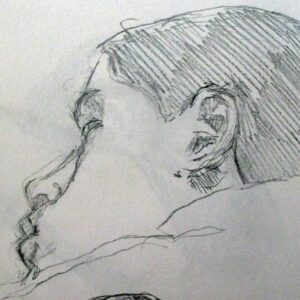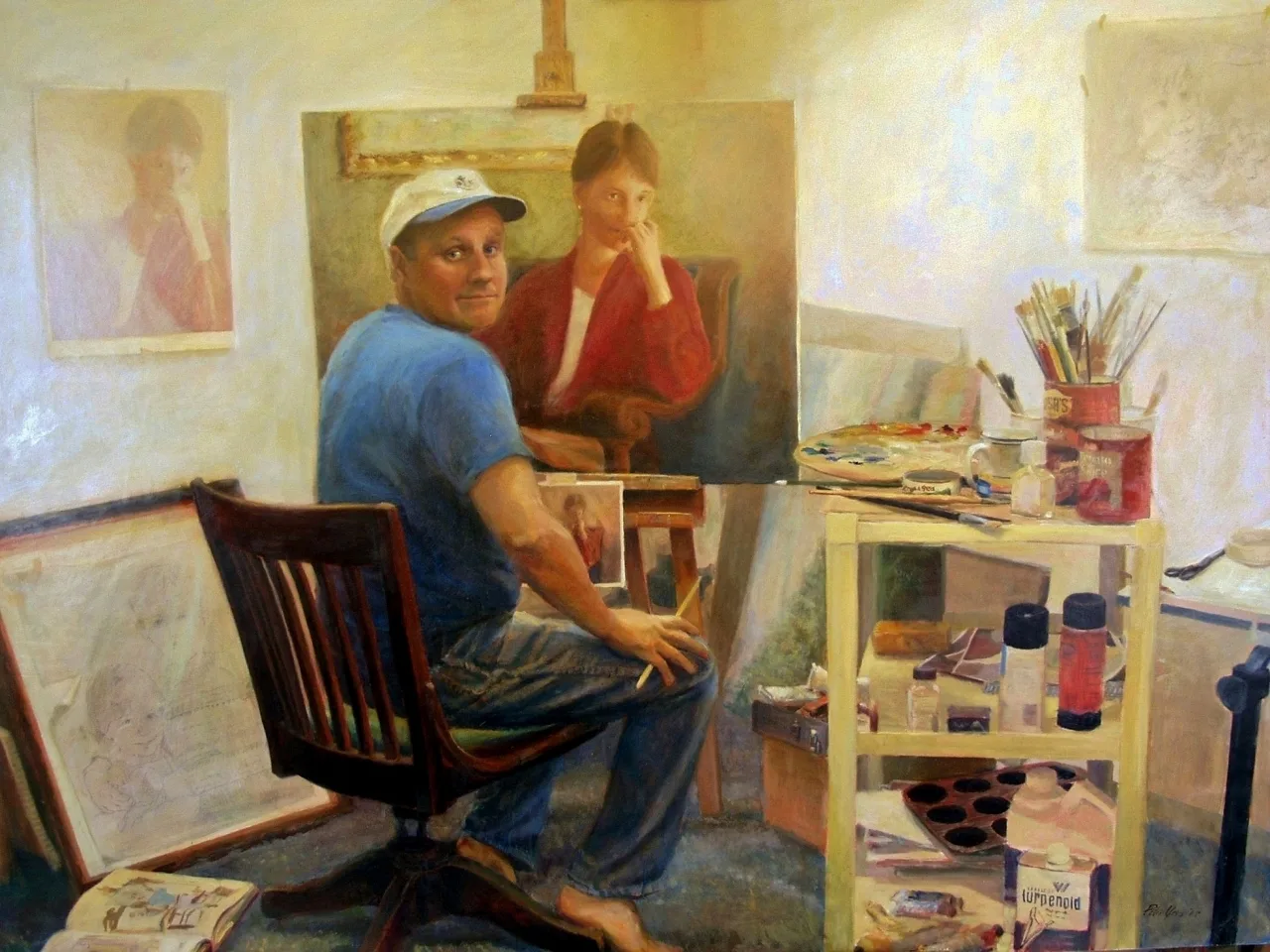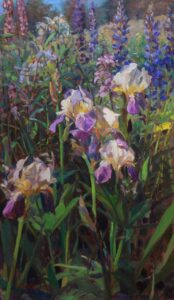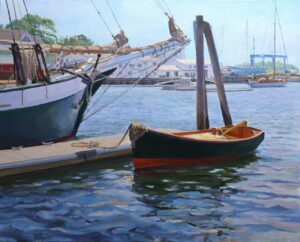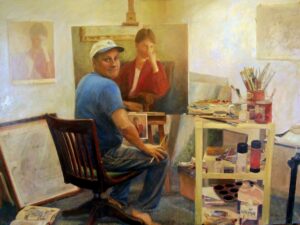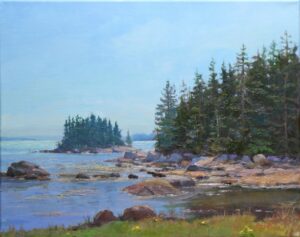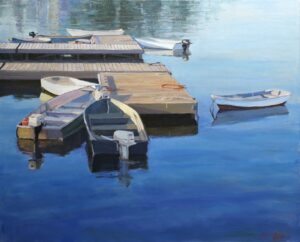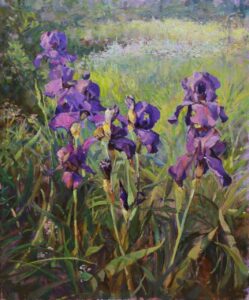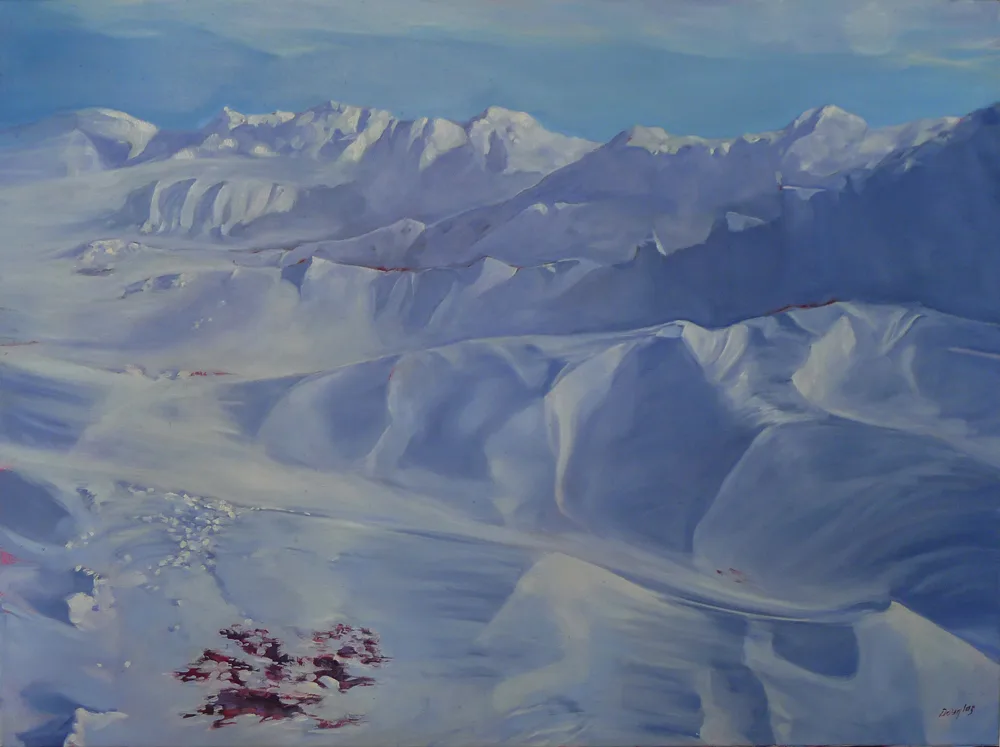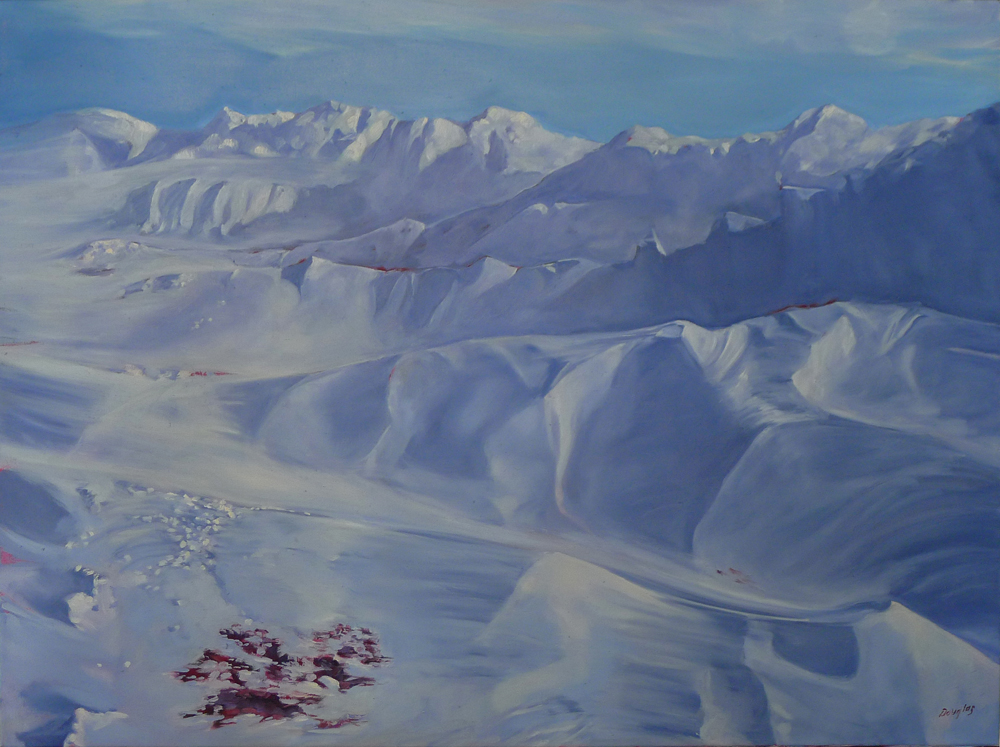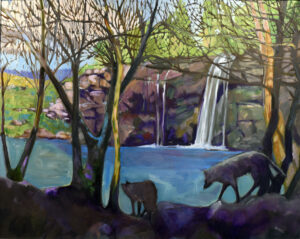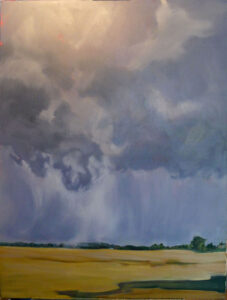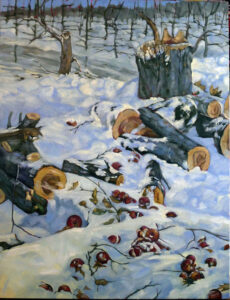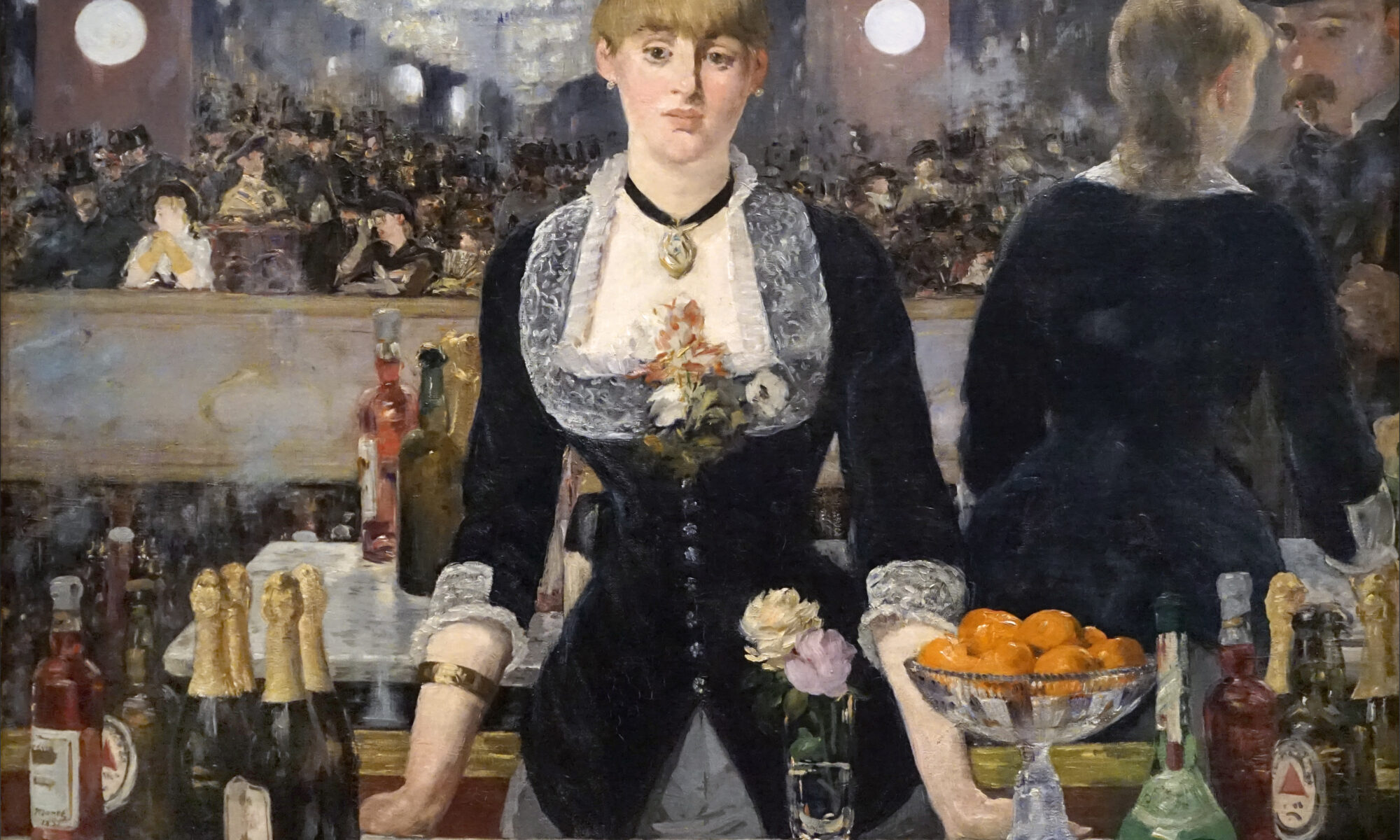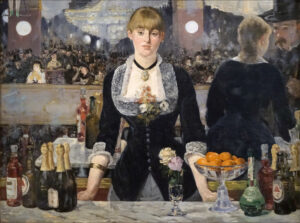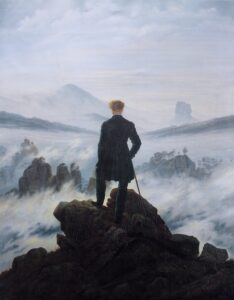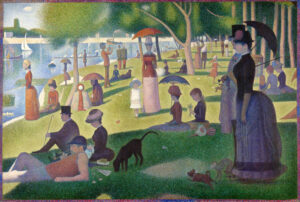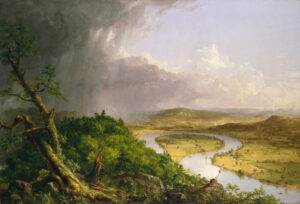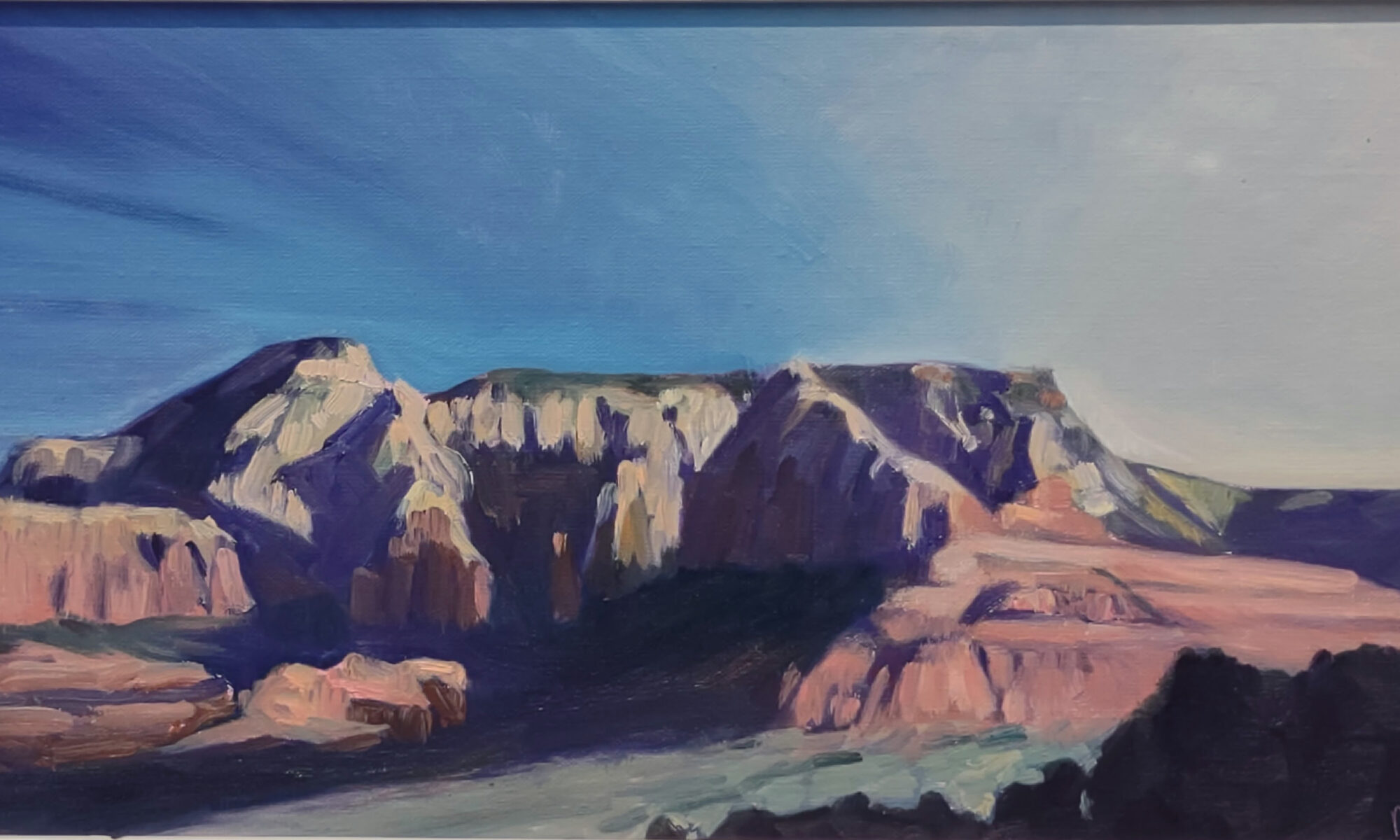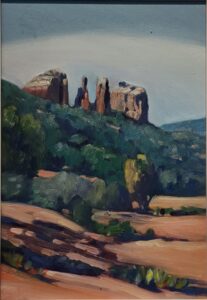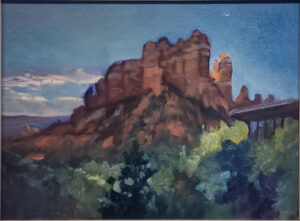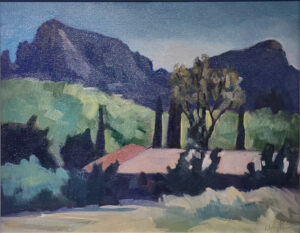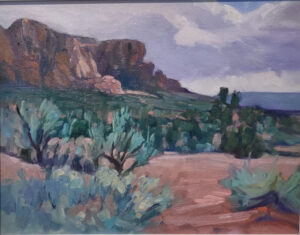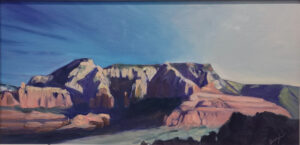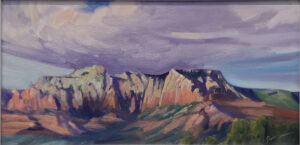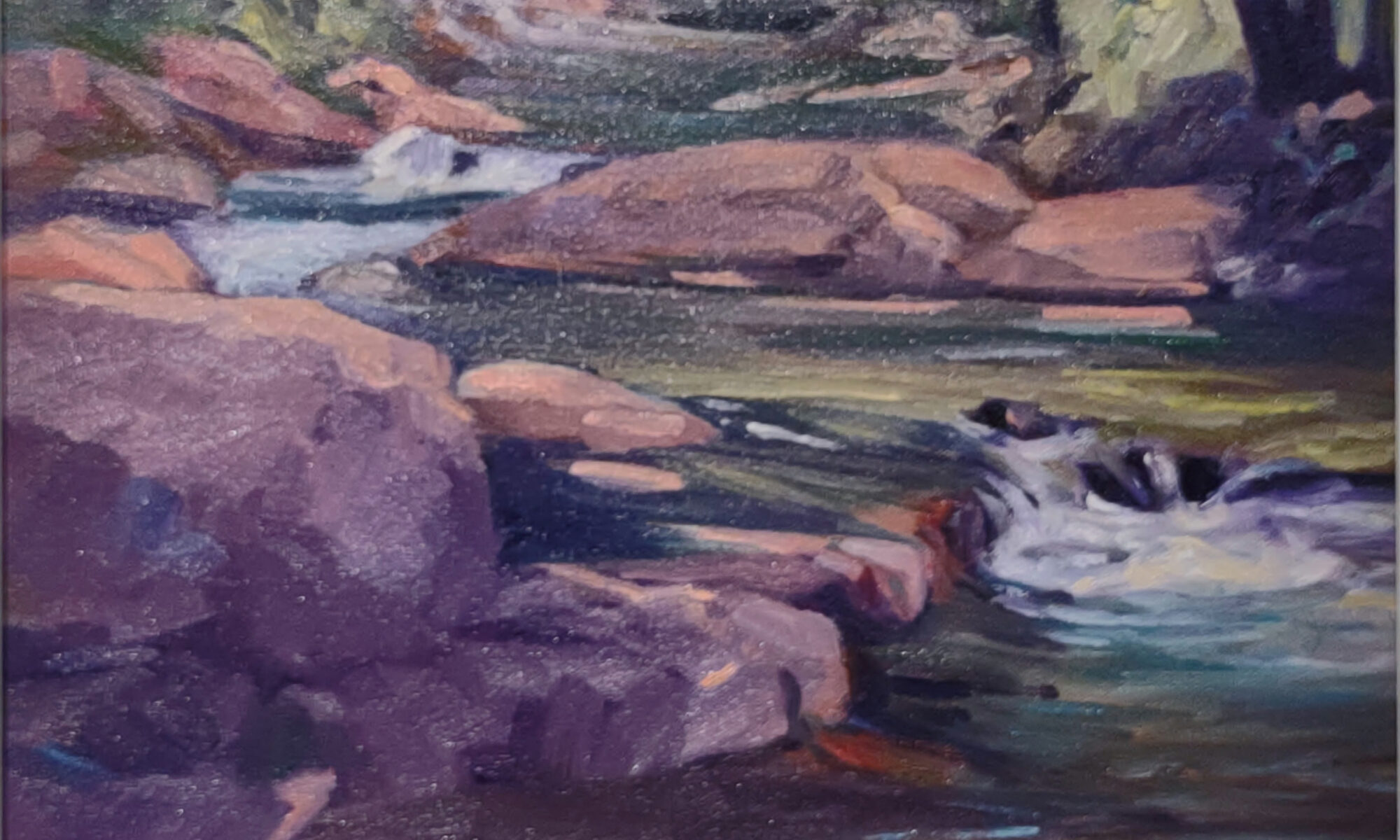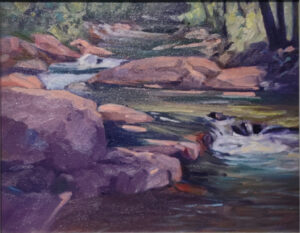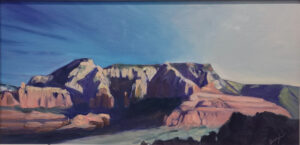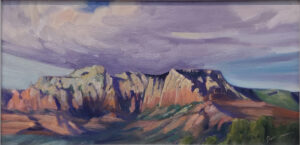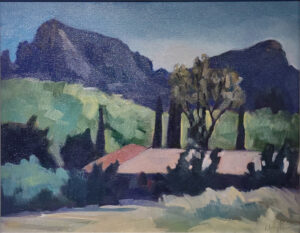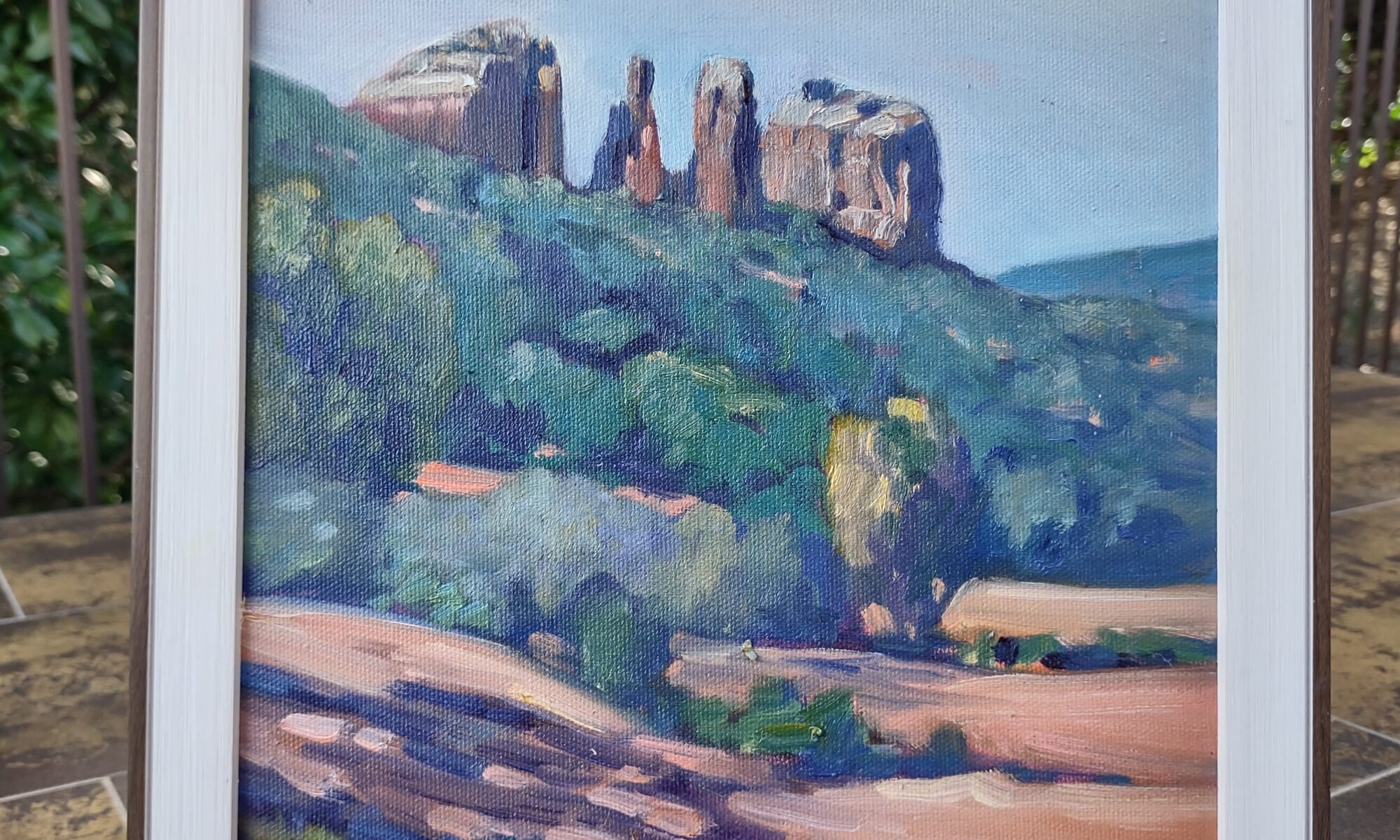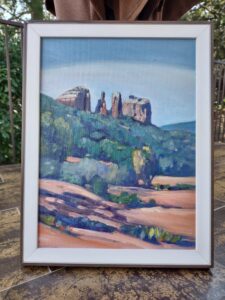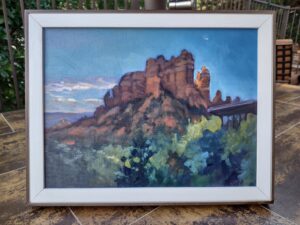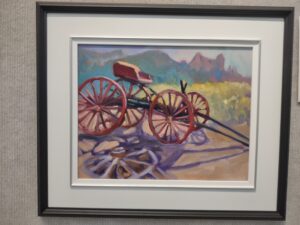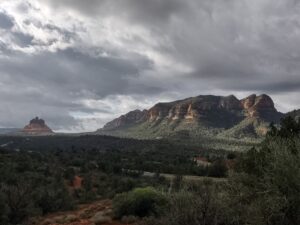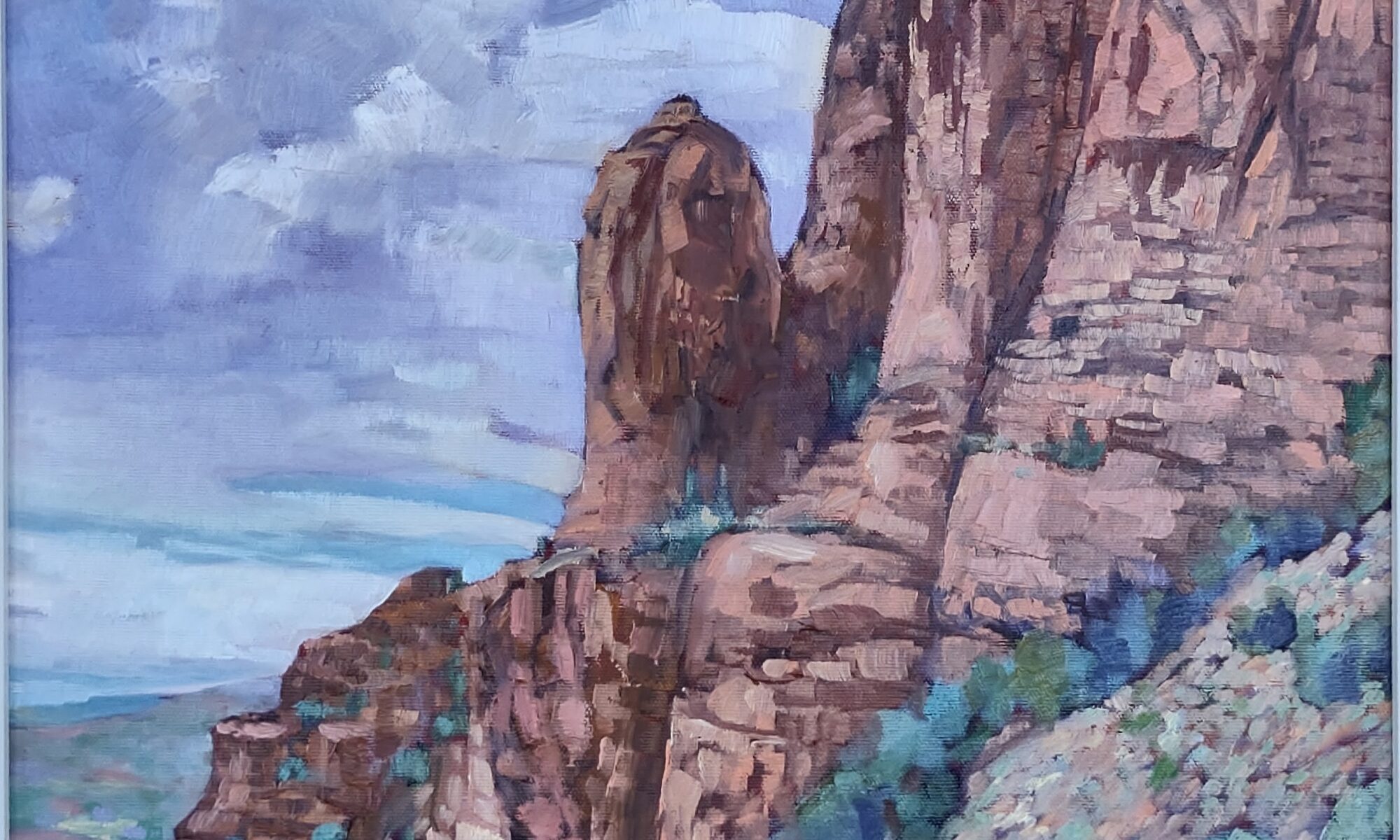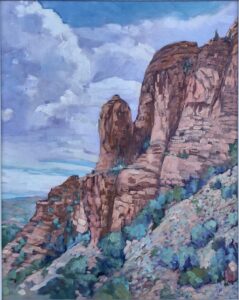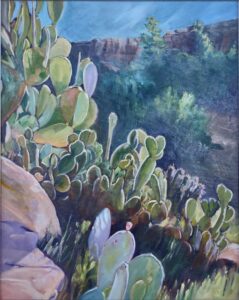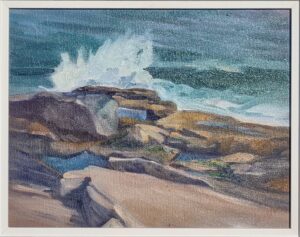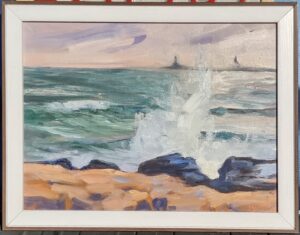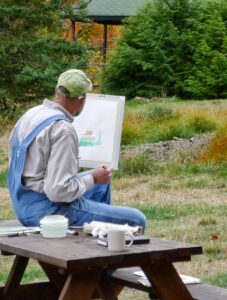
Drawing for adults and teens
Art starts with drawing. I use a Strathmore Bristol Visual Journal in a smooth finish and a #2 mechanical pencil. Bigger isn’t always better; the smaller notebook fits in a purse or backpack easily. If you’re looking for a higher-end pencil try the Uni Hi-uni Graphite Pencil Set or woodless pencils with a sandpaper pointer. A Pentel stick eraser and simple pencil sharpener will round out the gift.
(For my last word on drawing materials, see Monday’s post.)
If your artist is interested in figure drawing, consider a sketch board with a tablet of newsprint and some willow charcoal. A few kneaded erasers will round out this kit.
Who doesn’t like a Micron pen? There’s another pen that I love these days: the FriXion gel pen. It erases with heat, so you can use it to draw under watercolor and make it disappear with a hairdryer, eliminating the permanent guidelines in your work.
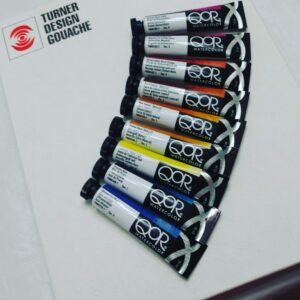
Adding color
Give budding artists a few good tools, rather than overload them with the junk you see on department store end-caps. That doesn’t necessarily mean spending more money. Faber-Castell Polychromos pencils come in small starter sets. That’s true of Prismacolor watercolor pencils as well. Both will work in the Visual Journals I mentioned earlier. If you want to up the paper game, consider Strathmore 400 Series mixed media pads.
NuPastel color sticks are the gateway drug to a life of pastel painting, and they come in starter sets. I’d add a tablet of Canson Mi-Teintes paper, so your artist can experiment with vellum and smooth surfaces.
Many new painters I teach start with watercolor. QOR’s halfpan kit would be a luxurious gift coupled with a set of Princeton Neptune Brushes and an Arches watercolor block. Or, replace the halfpan set with QOR’s introductory tube set of six paints and the paper with a Strathmore 400 watercolor block. But don’t switch the brushes to cheap knock-offs; they’re the most important part of the watercolor puzzle. It’s better to buy one decent brush than ten cheap ones.
Golden Acrylics come in several introductory sets. I recommend the ‘modern theory’ set, but any of them will be well-received. Add a set of Princeton Taklon brushes and cotton canvas panels and your budding painter is ready to rumble. No mediums or finishes are necessary.
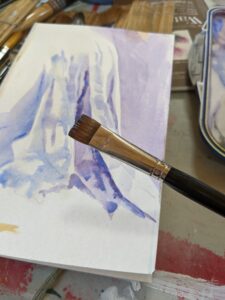
If he or she is interested in oil painting, an economical, high-quality option is Gamblin’s 1980 series, which also comes in an introductory set. Alla prima oil painting requires a stiffer brush than watercolor or acrylic. I recommend Princeton SNAP! Some cotton canvas panels and your lucky recipient will have a full painting kit.
A word about easels
Every year, retailers trundle out cheap, heavy French easels during the holiday season. They then appear in my painting classes to frustrate and annoy my students. Even worse are the Meeden pochade boxes that are all over the internet right now.
For beginners, a simple floor easel and folding table is sufficient. I still have the folding easel from my teen years; it’s small and portable.
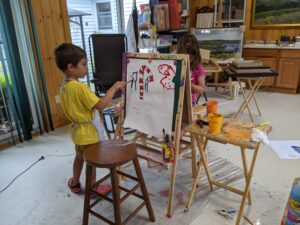
For kids
I bought my grandkids this double-sided easel several years ago, and it was a great investment; they use it for hours every time they visit. Pair it with Crayola Tempera Paint. They’ll also need brushes, inexpensive palettes, and aprons.
Kids never have enough washable markers. Lots of paper is critical; burning through it is how they learn art. Likewise, every child should experience Sculpey; it’s a million times more fun than Play-Doh.
Books and more
For conventional drawing, I recommend Sketching – from Square One to Trafalgar Square by Richard E. Scott. Younger people might prefer How to Draw Manga: Basics and Beyond.
Art & Fear: Observations On the Perils (and Rewards) of Artmaking should be on every artist’s bookshelf.
Kids will enjoy The Drawing Book for Kids: 365 Daily Things to Draw.
Casey Cheuvront introduced me to these plastic mesh zipper pouches. They cost a fraction of the ones in an art store and instantly turn any mess of art supplies into a kit.
This is part of a series on holiday gifts for the painters you love. Next up: Holiday Gifts for the serious artist.
This page contains affiliate links for some but not all products. If you choose to make a purchase after clicking a link, I may receive a commission at no additional cost to you. Thank you for your support!

